
All you need to do is glance at Lost Dog Recovery of Maine's FB page to see a small representative of the problem. Just a couple of months ago Sapphire, a Jack Russell Terrier, in York Maine was lost, and has not been found. A couple of days ago, we saw another two dogs who had slipped their collar and leash on our road and heading through the neighborhood. We could not catch them, but they did make it home. Not all of these end in a happy ending however, with all the dangers around us (autos, predators, and just the amount of land to get lost in). Dogs can move very fast, especially when spooked, and cover long distances. So what makes the equipment we use safest when bringing dogs outside to train?
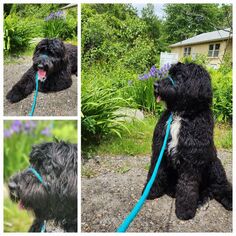
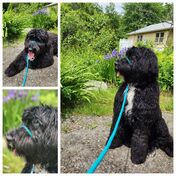
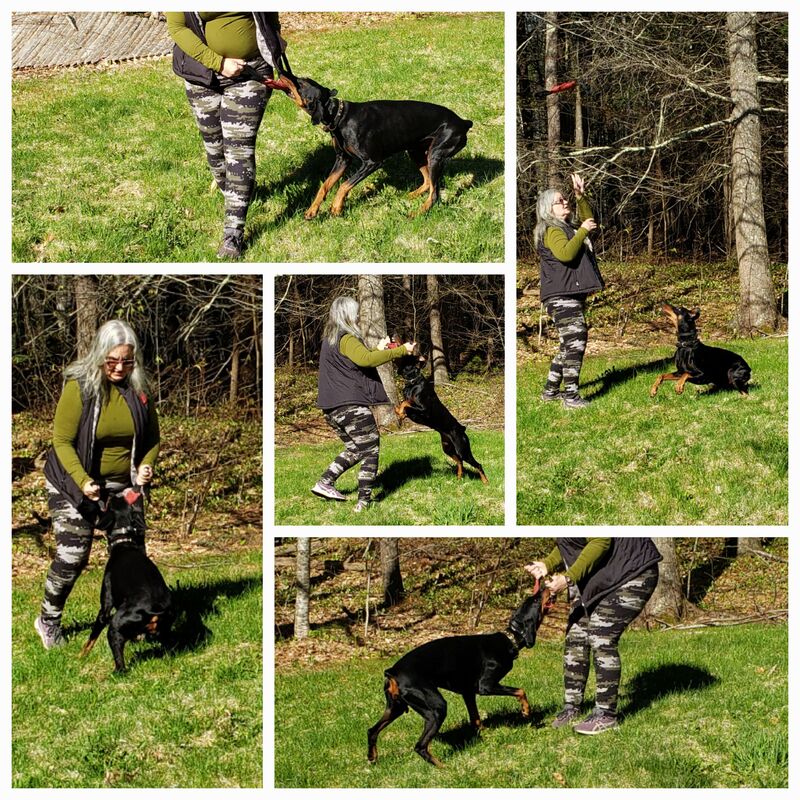
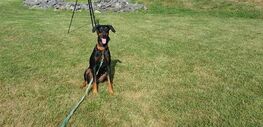
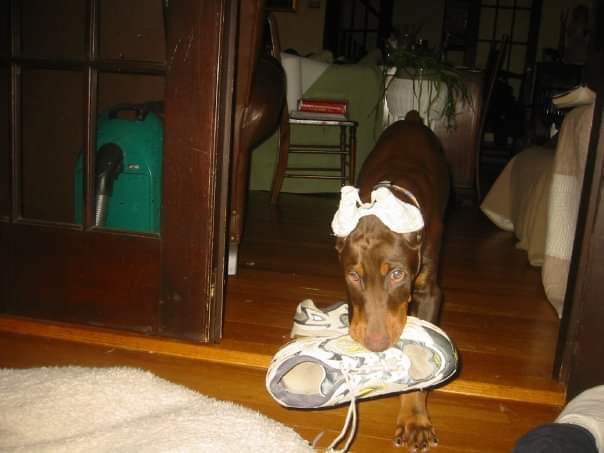
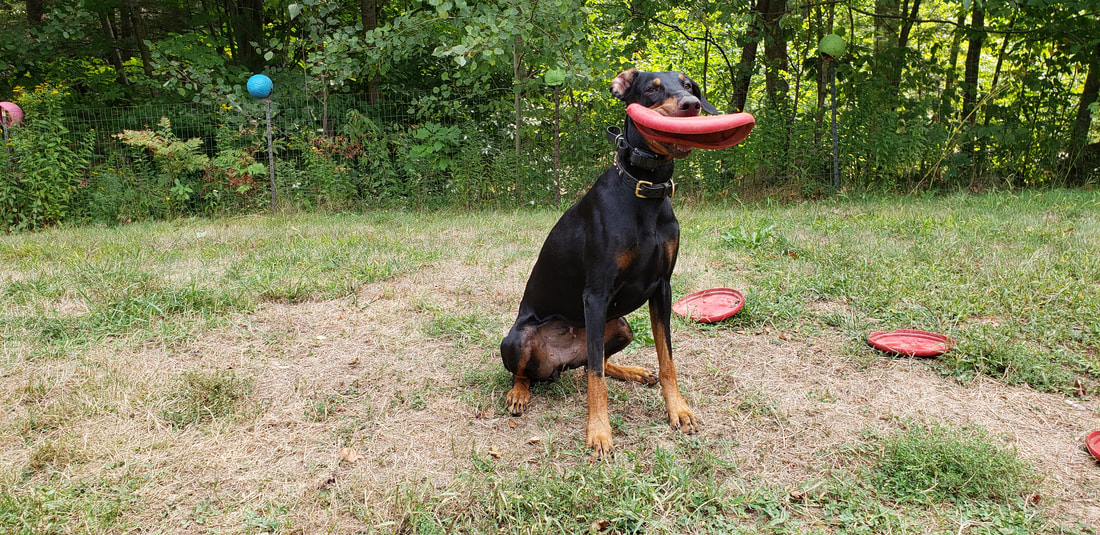
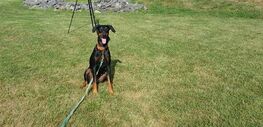
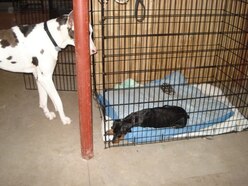
 RSS Feed
RSS Feed